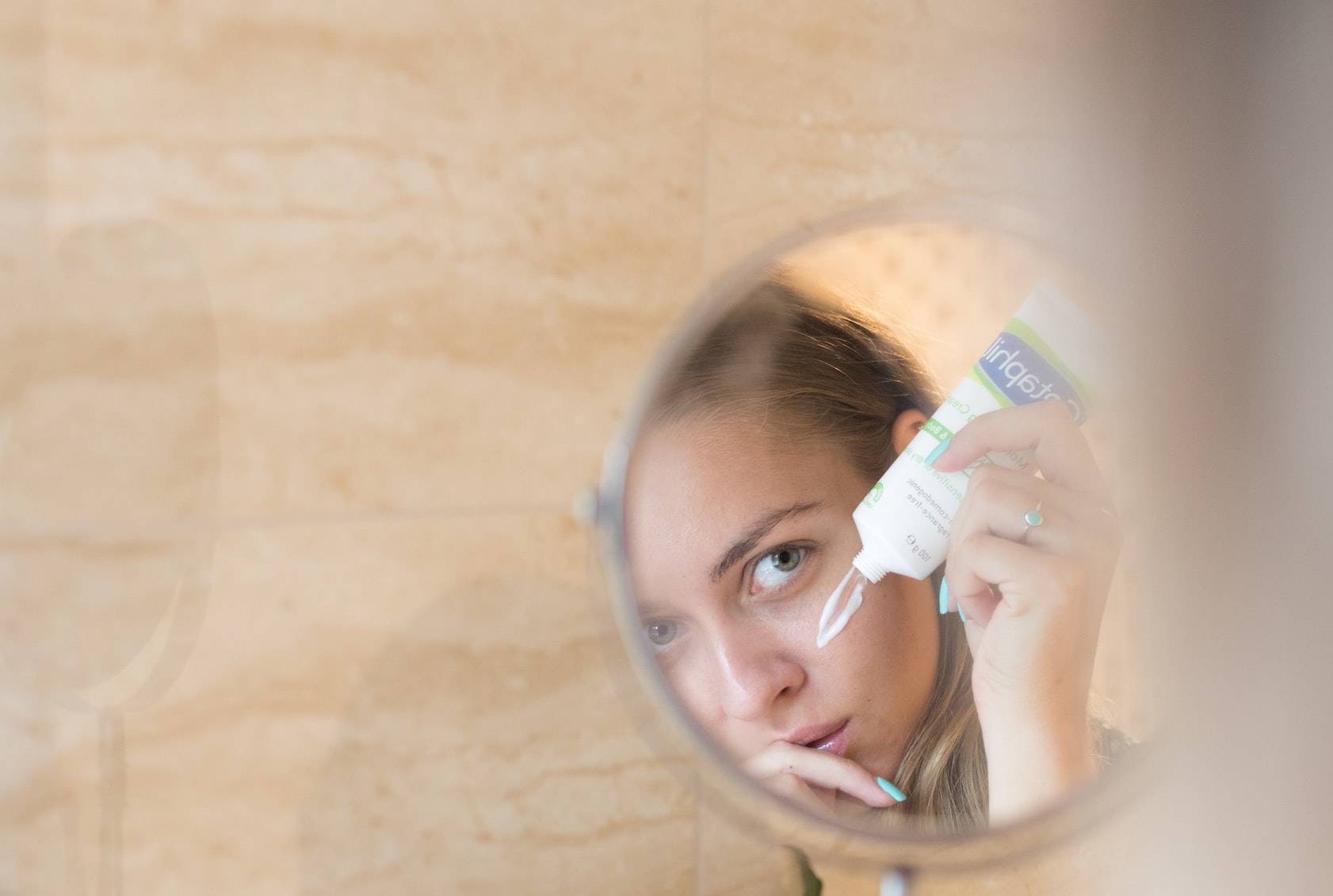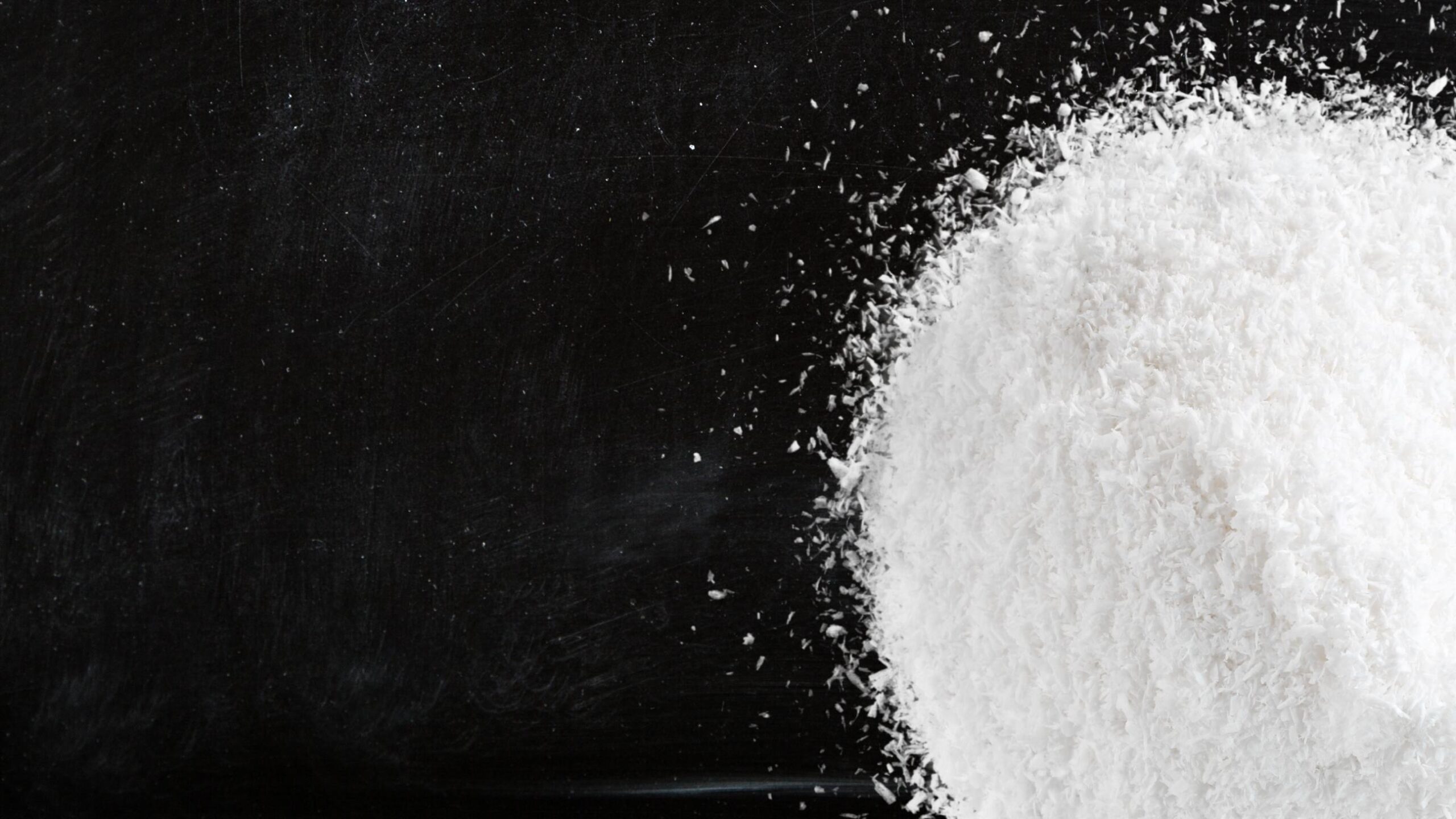Background
Nanomaterials consist of very small particles that cannot be observed by the human eye and can be present in nature or may be manufactured and added to consumer products in order to provide specific properties. The very small size of these materials provides special physical and chemical properties (e.g., color change when compared to non-nano form), but it can also influence the hazard properties of a specific nanomaterial. This means that some nanomaterials may have potential intrinsic hazards that are not observed in their non-nano form.
According to the European Regulation (EC) No 1223/2009 on cosmetic products, nanomaterial means “an insoluble or bio-persistent and intentionally manufactured material whit one or more external dimensions, or an internal structure, on the scale from 1 to 100 nm”. This definition may suffer adjustments in the future by the Commission, in line with the constant technical and scientific developments seen in the field of nanotechnologies.
All cosmetic products that contain nanomaterials shall be subject to a higher level of protection of human health. Nanomaterials must be authorized by the European Commission prior to their use in cosmetic and personal care products. This does not apply when the nanomaterials are used as colourants, UV-filters or preservatives and are already included in the Annexes of the European Regulation (the “positive” lists).
If there are any concerns regarding the safety of a nanomaterial, the European Commission shall request the Scientific Committee on Consumer Safety (SCCS) to provide its opinion on the safety of such nanomaterial for use in the relevant categories of cosmetic products and on the reasonably foreseeable exposure conditions. If, according to the SCCS final opinion, there is a potential risk to human health, including when there is insufficient data, the Commission shall put in place the necessary risk management measures and may amend Annexes II and III of the European Cosmetics Regulation.
What’s new?
On 23 May 2023, the European Commission notified the WTO of a new amendment to the EU Cosmetics Regulation (EC) No 1223/2009, restricting or prohibiting the use in cosmetic products of certain nanomaterials for which the Scientific Committee on Consumer Safety (SCCS) identified a basis of concern.
In the Annex II – List of substances prohibited in cosmetic products, the following entries will be added:
- Styrene/Acrylates Copolymer (nano), CAS 9010-92-8
- Sodium Styrene/Acrylates copolymer (nano), CAS 9010-92-8
- Copper (nano), CAS 7440-50-8
- Colloidal Copper (nano), CAS 7440-50-8
- Gold (nano), CAS 7440-57-5
- Colloidal Gold (nano), CAS 7440-57-5
- Gold Thioethylamino Hyaluronic Acid (nano), CAS 1360157-34-1
- Acetyl heptapeptide-9 Colloidal gold (nano)
- Platinum (nano), CAS 7440-06-4
- Colloidal Platinum (nano), CAS 7440-06-4
- Acetyl Tetrapeptide-17 Colloidal Platinum (nano)
- Colloidal Silver (nano), CAS 7440-22-4
In the Annex III -List of substances that cosmetic products must not contain except subject to the restrictions laid down, the following entry is added, following the recent positive SCCS Opinion:
- Hydroxyapatite (nano), CAS 1306-06-5
a) Toothpaste – Max. 10%
(b) Mouthwash – Max. 0,465%
Not to be used in applications that may lead to exposure of the end-user’s lungs by inhalation.
Only nanomaterials having the following characteristics are allowed:
– composed of rod-shaped particles of which at least 95,8% (in particle number) have an aspect ratio less than 3, and the remaining 4,2% have an aspect ratio not exceeding 4,9;
– the particles are not coated or surface modified.
Timeline:
- Proposed date of adoption: 3rd quarter 2023.
- Proposed date of entry into force: 20 days from publication in the Official Journal of the EU.
- Cosmetic products containing those substances shall not be placed on the Union market, 9 months from the entry into force of this Regulation.
- Cosmetic products containing those substances shall not be made available on the Union market, 18 months from the entry into force of this Regulation.
References:
World Trade Organization (WTO) – Committee for Technical Barriers to Trade – G/TBT/N/EU/872/Rev.1, 23 May 2023.







